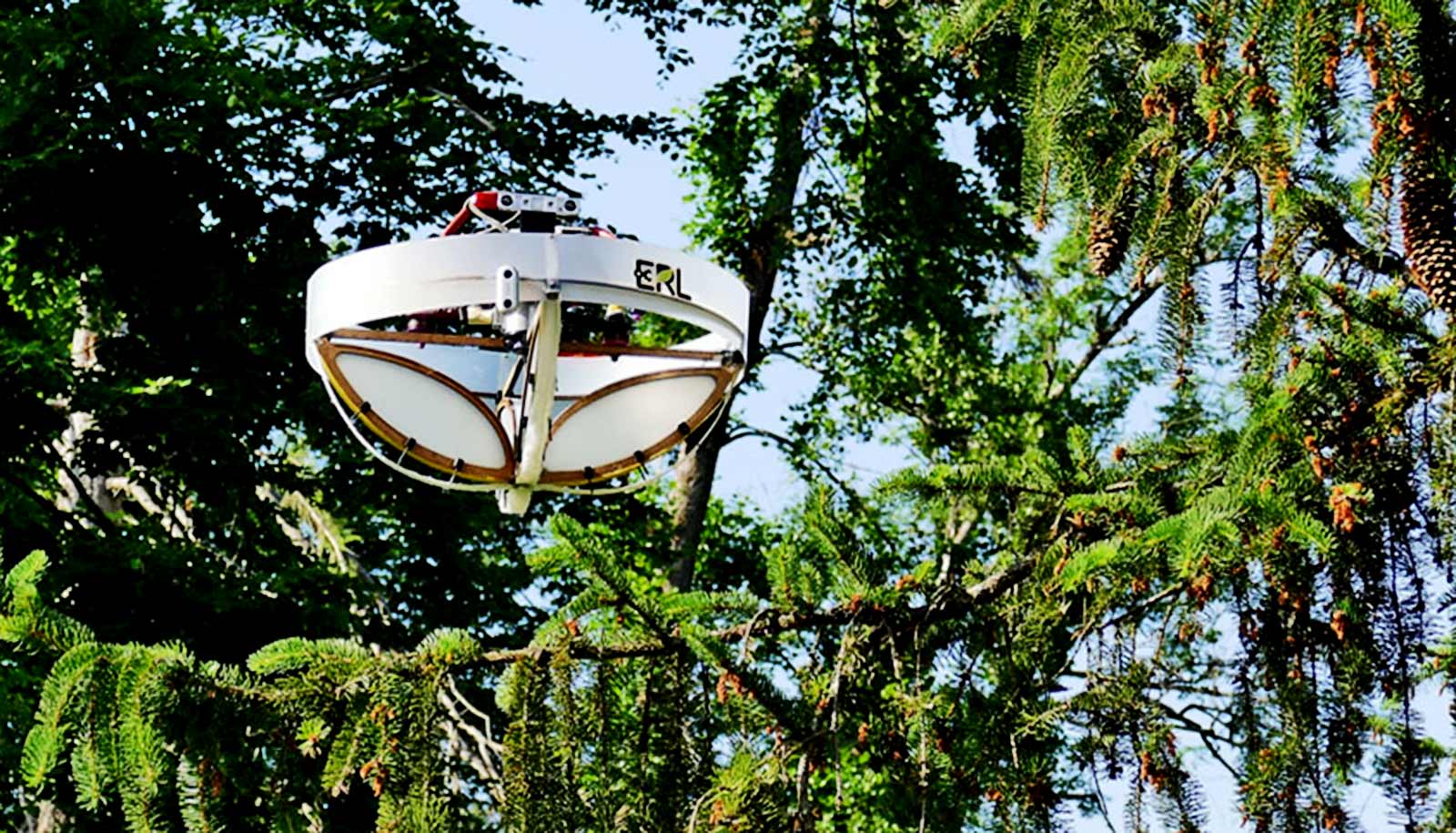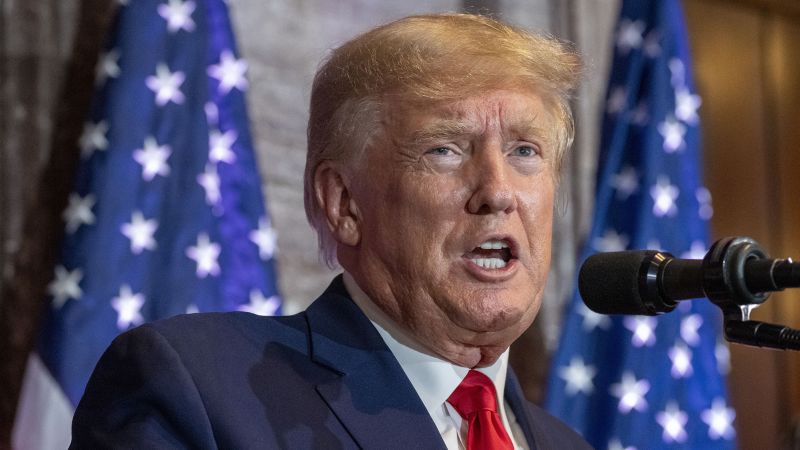CNN
—
The FBI searched President Joe Biden’s former think tank office in Washington in November after his team notified the National Archives that they found classified documents there, according to a Justice Department official and another source familiar with the matter.
The Justice official told CNN that a warrant wasn’t used to conduct the search, which was done with the consent of Biden’s legal team.
The White House and Biden’s legal team did not previously disclose the FBI’s November search, in contrast to a search conducted by the bureau earlier this month at Biden’s home in Wilmington, Delaware.
This latest revelation raises additional questions about how transparent the White House and Biden’s legal team have been about the government’s investigation into the president’s handling of classified documents, which is now being overseen by special counsel Robert Hur.
The search at the Penn Biden Center for Diplomacy and Global Engagement was part of an FBI “assessment” that the DOJ described in a timeline of events it released earlier this month, according to the official. In relaying that timeline earlier this month, Attorney General Merrick Garland said: “On November 9, the FBI commenced an assessment, consistent with standard protocols, to understand whether classified information had been mishandled in violation of federal law.”
By the time the FBI began its assessment that included visiting the Penn Biden Center in November, all the documents in the office had already been handed over to the National Archives, a source familiar with the matter tells CNN.
The purpose of the visit was likely to ensure that nothing was left in the office and assess how the documents were stored, according to a former Justice Department official.
Biden’s team has said they initially handed classified material to the National Archives on November 3.
The Archives then informed the FBI on November 4 about the discovery of classified materials after examining the four boxes of documents, according to the source familiar with the matter.
In addition to the four boxes, the source said, the Biden team also gave the Archives possession of about three dozen boxes of unclassified materials from the Penn Biden Center office out of an abundance of caution. The additional boxes, which included every document left at the Penn Biden Center, were given to the Archives on November 8, the source said.
The FBI search of the Penn Biden Center was conducted after November 9 as part of the assessment the bureau had undertaken, according to a current Justice official.
The FBI first examined the classified documents, and the other materials from the Penn Biden Center, at the National Archives during the week of November 21, one of the sources told CNN. That was the only FBI visit to examine the documents, according to the source.
The FBI also examined binders that were held at the president’s campaign attorney’s office in Boston that were also handed over to the Archives. Those binders contained no classified materials, the source said.
CBS News first reported the news of the FBI’s search at the Penn Biden Center.
The FBI’s nearly 13-hour search of Biden’s home earlier this month was also done with the consent of the president’s attorneys, people briefed on the matter previously said. During that search, “six items consisting of documents with classification markings and surrounding materials.”
Those six items are in addition to materials previously found at Biden’s Wilmington residence and the ones found in his private office.
This story has been updated with additional details.










